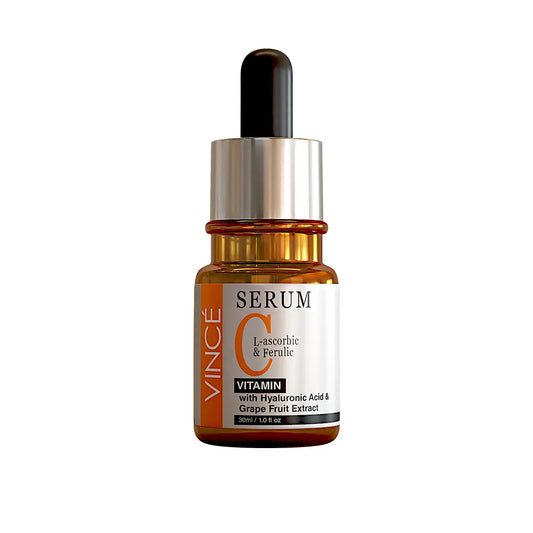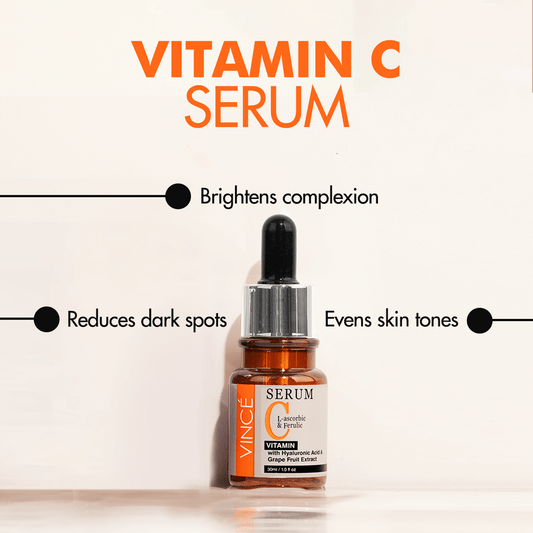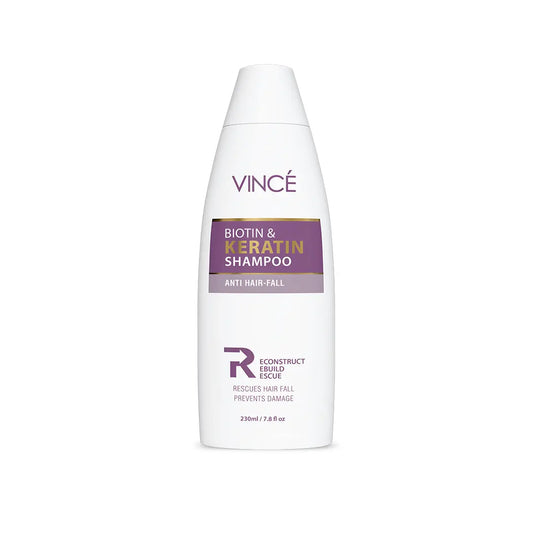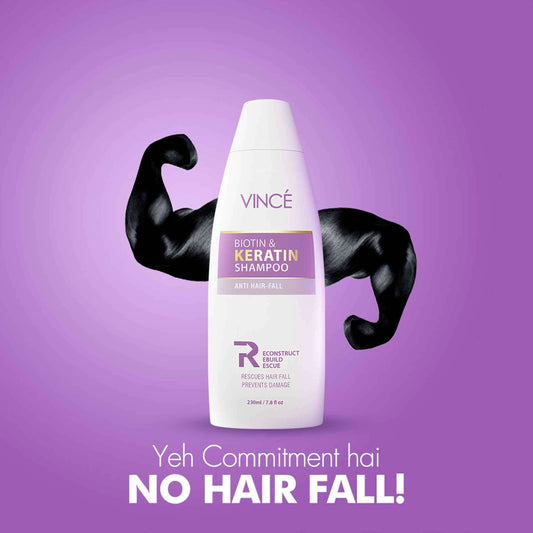Hyperpigmentation: Types, Treatment And Causes
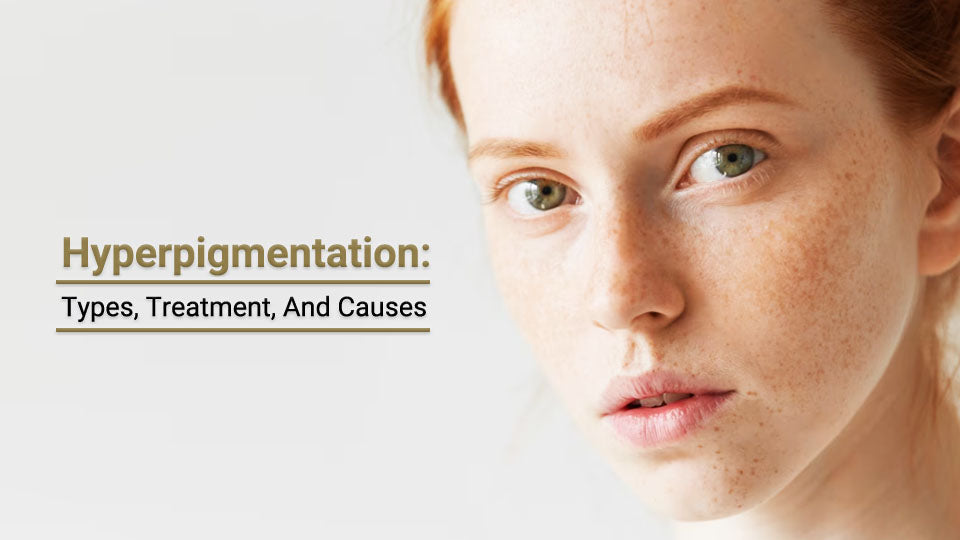
Hyperpigmentation is one of the common skin conditions that affect many people around the world. It happens when patches of skin become darker in color than the surrounding areas.
Understanding hyperpigmentation is important because it can impact a person's self-esteem and quality of life. Some people usually feel embarrassed or self-conscious about their Hyperpigmented skin, affecting their social interactions and mental health.
Here you will explore all about hyperpigmentation. By the end of this article, you will have ability to understand the exact causes of hyperpigmentation on your face and how you can be able to treat this skin problem in a better way because you will also get to know the best treatments for hyperpigmentation.
These are the best common home remedies to fight against hyperpigmented skin and get fresh looking skin.
What is Hyperpigmentation?
Hyperpigmentation refers to the darkening of the skin caused by an overabundance of melanin pigment. Melanocytes, specialized skin cells, produce more melanin pigment when exposed to sunlight, resulting in the skin's outer layer darkening and tanning.
Freckles are patches of dark pigmentation that result from uneven melanin synthesis. Skin darkening can also occur from sources other than melanin, although this is rare.
Types of Hyperpigmentation
There are different types of hyperpigmentation. To get rid of this skin problem and find hyperpigmentation treatment, It is essential to know which type of pigmentation you are suffering from.
The types of hyperpigmentation are:- Freckles.
- Solar Lentigines.
- Melasma.
- Post Inflammatory Hyperpigmentation.
- Facial Hyperpigmentation.
- Diffuse Hyperpigmentation.
1. Freckles

Freckles, also known as ephelides, are the most prevalent type of pigmentation. They tend to occur after repeated exposure to sunlight, particularly if you have fair skin. Freckles typically appear darker during sunny months and fade during winter. Genetics also plays a role in the development of freckles.
2. Solar Lentigines

Solar Lentigines is known as liver spots or sun spots; these pigmented spots have a well-defined border and can appear anywhere on the body. They range in color from light brown to black and are caused by exposure to UV sunlight, with the extent of pigmentation dependent on the amount of UV light the melanin pigments are exposed to.
It is important to monitor these spots as they have the potential to develop into skin cancer and melanoma. It is recommended to have regular check-ups with a skin specialist on an annual basis.
3. Melasma

Chloasma, or melasma, is a form of pigmentation that occurs deeper in the dermis of the skin. It presents large brown patches on the face with an indistinct border and is more prevalent in women.
The underlying causes of this type of pigmentation are unclear, but hormonal changes often stimulate its development. Exposure to UV radiation, certain medications, pregnancy, and stress can exacerbate the condition.
4. Post Inflammatory Hyperpigmentation

This is a skin reaction to injury and can occur as a result of acne, burns, friction, or aggressive clinical procedures such as chemical peels, dermabrasion, laser, and IPL. Although this condition typically resolves over time and responds well to topical products, it can also recur.
5. Facial Hyperpigmentation

Facial hyperpigmentation typically occurs as a post-inflammatory response after a skin injury, such as cuts and burns, or from other causes of inflammation, such as acne or lupus.
Facial linear hyperpigmentation, on the other hand, is often caused by phytophotodermatitis which results from the combination of ultraviolet light and psoralens found in plants like limes, parsley, and celery.
6. Diffuse Hyperpigmentation

Diffuse hyperpigmentation can be caused by drugs as well as systemic and neoplastic conditions, with lung carcinomas and melanoma with systemic involvement being common culprits. Once drug use has been ruled out as a cause, patients should be screened for the most prevalent systemic causes, such as Addison's disease, hemochromatosis, and primary biliary cholangitis.
Causes of Hyperpigmentation
Why is my skin getting darker? This is the question most people ask themselves when they experience hyperpigmentation. This question can be addressed by knowing the exact causes of pigmentation and darkness. There are many causes of hyperpigmentation, some of which we are going to discuss below:
- Skin Inflammation.
- Melasma Causes Pigmentation.
- Medications.
- Drugs.
- Intense Sun Exposure.
1. Skin Inflammation
Damage to the dermis or epidermis layers of the skin can lead to hyperpigmentation. Inflammation of the epidermis can stimulate melanocytes to produce more melanin, which can also spread to nearby keratinocytes.
Prolonged or continuous exposure to the sun can exacerbate post-inflammatory pigmentation, resulting in darker pigmentation. The best preventative measure against skin inflammation and subsequent hyperpigmentation is the use of sunscreen.
2. Melasma Causes Pigmentation
Melasma is a dermatologic condition that presents as brown or blue-grey patches or freckle-like spots on the skin, commonly known as the "pregnancy mask." This hyperpigmentation is caused by the hyperactivity of melanocytes, the skin cells responsible for melanin synthesis.
While melasma is a benign and frequently encountered condition, therapeutic interventions are available to relieve the symptoms, and the condition typically demonstrates spontaneous improvement within several months.
3. Medications
Certain medications can exhibit photosensitive properties, leading to a variety of skin reactions when exposed to sunlight, such as hyperpigmentation, rashes, and other skin irritations. These medications may include antibiotics, antidepressants, diuretics, antipsychotics, and other prescription and over-the-counter drugs.
To minimize the risk of adverse effects, it is crucial to carefully read medication labels and consult with a healthcare provider to comprehend the potential side effects of the medication. Taking appropriate precautions such as wearing protective clothing, using sunscreen, and avoiding sun exposure during peak hours can help prevent skin damage or other adverse effects while taking photosensitive medications.
4. Drugs
In acquired hyperpigmentation cases, drug-induced skin pigmentation is responsible for approximately 10 to 20% of cases. Non-steroidal anti-inflammatory drugs (NSAIDs), phenytoin, antimalarials, antipsychotics, cytotoxic drugs, and tetracyclines are some of the medications that can induce skin pigmentation.
5. Intense Sun Exposure
Hyperpigmentation is commonly caused by overexposure to the sun, which stimulates the production of melanin. Prolonged exposure to sunlight can interfere with the natural melanin production process and thereby promote the development of hyperpigmentation.
Symptoms of Hyperpigmentation
Hyperpigmentation manifests as patches on the skin that can differ in shape and size and can appear on any part of the body. The presentation of hyperpigmentation varies depending on its type. Some typical symptoms associated with hyperpigmentation are:
- Dark patches on the skin that may range in color from light brown to black
- Patches that are larger or darker than freckles
- Uneven skin tone or texture
- Patches that appear on sun-exposed areas such as the face, neck, arms, and hands
- Patches that may be symmetrical or appear on just one side of the body
- Patches that may be accompanied by itching, pain, or other skin irritations
- Patches that may be worsened by exposure to the sun or heat
- Patches that may appear as a result of certain medications, hormones, or medical conditions
Treatments of Hyperpigmentation
After experiencing the pigmentation, you will be looking forward to finding its solution and treatment. There are certain treatments available to get rid of this skin problem.
The treatments we are going to discuss are some of the best treatments for hyperpigmentation till this time.
1. OTC Medication
When mild hyperpigmentation is the concern, OTC medication may be prescribed by doctors, which can also be obtained without a prescription, as they are primarily formulated to fade dark spots. Although hydroquinone is a common component in OTC creams for hyperpigmentation, it's important to be aware of the potential side effects.
If used for an extended period, it can actually result in a skin-darkening condition known as ochronosis. To avoid developing another condition while treating the original one, it is recommended to seek guidance from a dermatologist on the correct dosage for the drug.
2. Topical Retinoids
Topical retinoids are another option for treating hyperpigmentation, as they are vitamin A derivatives. Both hydroquinone and topical retinoids are effective but require time to show significant improvements in hyperpigmentation, depending on the severity of skin pigmentation and the doctor's recommended dosage. These agents are not recommended for pregnant or lactating women and may result in adverse effects if used improperly.
3. Azelaic acid and Kojic acid
If hyperpigmentation is caused by inflammation and severe acne, azelaic acid is a gentle depigmenting agent that can be used. This is considered one of the safest agents for treating hyperpigmentation.
Kojic acid is another recommended treatment that is derived from a fungus and is known to stimulate the production of tyrosine, an amino acid necessary for melanin synthesis.
4. Vitamin B, C
Other treatments for hyperpigmentation include vitamin C or ascorbic acid, which has antioxidant properties and can help to brighten the skin tone. Niacinamide, a derivative of vitamin B3, is also effective in treating hyperpigmentation and helps to regulate collagen production, making the skin more supple and elastic.
5. Chemical Procedures
In some cases, doctors may recommend chemical procedures such as chemical peels to treat hyperpigmentation. These physical treatments involve peeling away or removing the hyperpigmented skin, which allows healthier skin to take its place.
6. Laser Therapy
Combining in-clinic procedures with topical therapy yields better results and visible improvements in fewer sessions. To prevent hyperpigmentation, it is advisable to take preventive measures as well.
7. Home Remedies
Nature provides the best skincare and can aid in preventing various skin conditions, including hyperpigmentation. Additionally, natural home remedies are available to treat or prevent hyperpigmentation.
Here are some herbs and natural ingredients for hyperpigmentation that may help to give effective results in this regard.
- Lemon juice: Apply freshly squeezed lemon juice on the affected areas and leave it on for a few minutes before washing it off. Repeat daily for a few weeks.
- Aloe vera: Apply aloe vera gel on the affected areas and leave it on for 30 minutes before rinsing off. Repeat twice daily for a few weeks.
- Turmeric: Mix turmeric powder with milk or water to make a paste and apply it to the affected areas. Leave it on for 20 minutes before washing it off. Repeat twice a week.
- Potato: Cut a potato into thin slices and place them on the affected areas. Leave them on for 15-20 minutes before washing them off. Repeat daily for a few weeks.
- Green tea: Brew green tea and let it cool. Use a cotton ball to apply the tea on the affected areas and leave it on for 10-15 minutes before washing it off. Repeat daily for a few weeks.
- Cucumber: Cut a cucumber into thin slices and place them on the affected areas. Leave them on for 20 minutes before washing them off. Repeat daily for a few weeks.
- Honey: Apply raw honey on the affected areas and leave it on for 20 minutes before washing off. Repeat daily for a few weeks.
It's essential to note that while these remedies are widely used, they lack scientific evidence to support their efficacy. Therefore, they may only work for mild hyperpigmentation, and severe cases may require medical treatment. It's important to consult a healthcare professional if you have an underlying medical condition.
Products to Choose for Hyperpigmentation

Some reliable skincare products can also be an effective remedy for hyperpigmentation on the face and body. These products reduce the melanin production in your skin and help to make it pigment-free. These products are:

The advanced freckle cream & face wash and vitamin c serum have all the essential qualities and ingredients that help to remove pigmentation excess from your face. Include these remedies in your daily life routine and get nourished, smooth, and pigment-free skin.
Conclusion
In summary, hyperpigmentation is a common skin condition with various types and causes. Effective treatments, such as topical creams, chemical peels, and laser therapy, are available, and prevention through sun protection and avoiding certain products is crucial.
Consulting a dermatologist is recommended for proper diagnosis and treatment. With proper care, hyperpigmentation can be managed, and individuals can achieve healthy, even-toned skin.
Frequently Asked Questions
a. What are the 3 types of hyperpigmentation?
Ans: The three types of hyperpigmentation are Melasma, Freckles and post inflammatory hyperpigmentation.
b. What treatment is best for hyperpigmentation?
Ans: For light pigmentation, some natural home remedies and products like advanced freckle cream & face wash, and vitamin c serum are the best treatments. But for intense pigmentation, you may have to visit a dermatologist for laser therapy or any other treatment that the dermatologist suggests according to your type.
c. What are the main causes of hyperpigmentation?
Ans: Some of the main causes of hyperpigmentation are Sun Exposure, melasma, excess melanin production, and medications.
d. What type of hyperpigmentation is hardest to treat?
Ans: Melasma is a type of hyperpigmentation that is somehow complicated to treat. But this problem is also curable by certain treatments.
